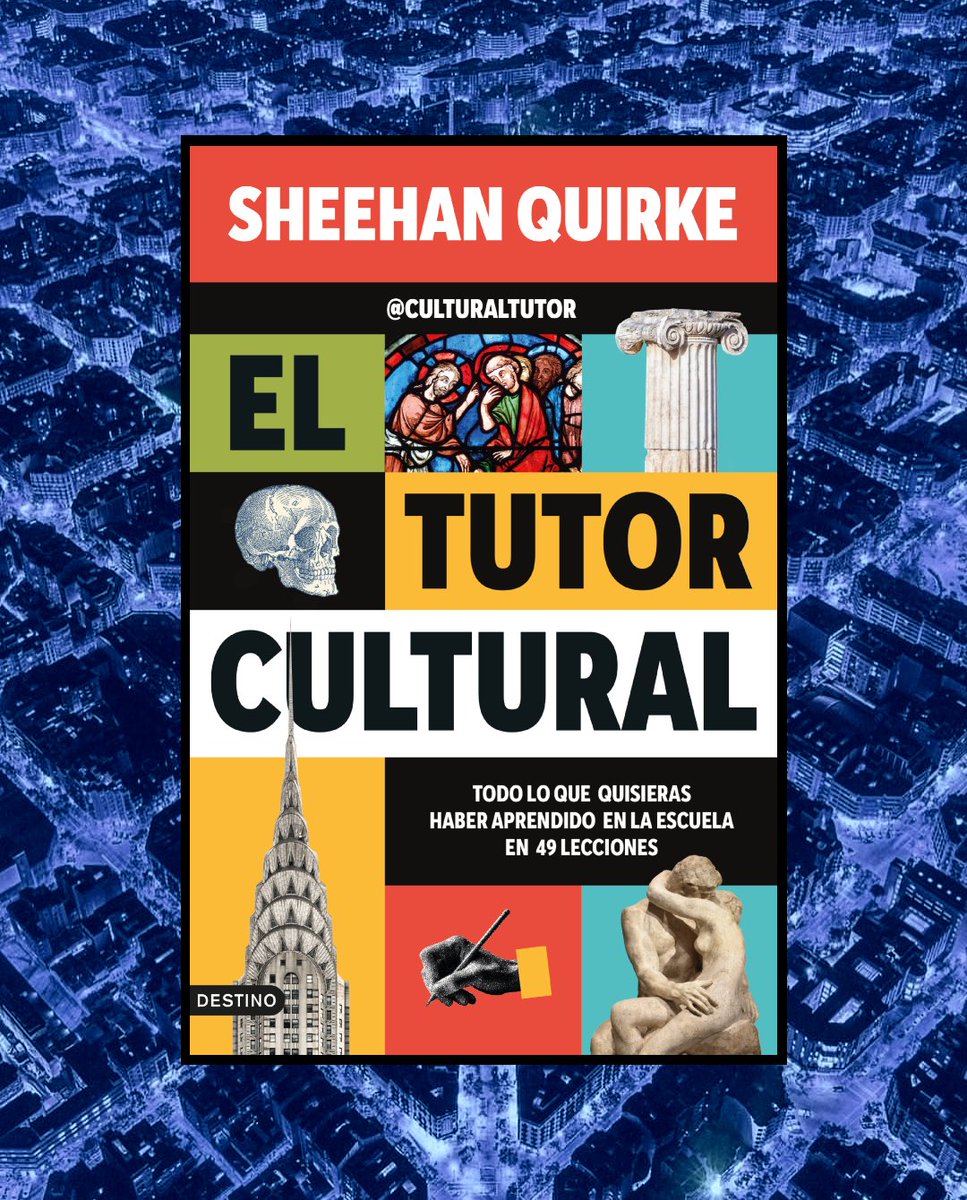Nave
The main, central part of a church. For the congregation to gather.
(Also, churches are aligned East-West)
The main, central part of a church. For the congregation to gather.
(Also, churches are aligned East-West)

Chancel
The space surrounding the altar, including the choir and the sanctuary. For the clergy.
Anglo-Saxon churches simply had a nave & a chancel, i.e. a space for the people and a space for the priest.
The space surrounding the altar, including the choir and the sanctuary. For the clergy.
Anglo-Saxon churches simply had a nave & a chancel, i.e. a space for the people and a space for the priest.

Choir
Where the clergy sit, and *sometimes* the actual singing choir itself, although that can vary.
Where the clergy sit, and *sometimes* the actual singing choir itself, although that can vary.

Ambulatory
Usually only found in cathedrals. The space behind and around the chancel, and separated from it.
Usually only found in cathedrals. The space behind and around the chancel, and separated from it.

Transept
The parts of the church which extend at right-angles from the nave, thus forming a cross shape.
The parts of the church which extend at right-angles from the nave, thus forming a cross shape.

Crossing
The junction of the four arms of the church (nave, transepts, and chancel). Also beneath though the tower, if the tower is central.
The junction of the four arms of the church (nave, transepts, and chancel). Also beneath though the tower, if the tower is central.

Arcade
A row of continuous arches supported on piers.
(Arrows point out the individual pieces. The arcade is the whole thing together.)
A row of continuous arches supported on piers.
(Arrows point out the individual pieces. The arcade is the whole thing together.)

Spandrel
The area between two arches and a third flat element. Or the area between the outer arch of a door and an added flat element.
The area between two arches and a third flat element. Or the area between the outer arch of a door and an added flat element.

Portal
"Door" really just refers to the wooden thing. Portal refers to the door and all the surrounding architectural elements.
"Door" really just refers to the wooden thing. Portal refers to the door and all the surrounding architectural elements.

There are plenty more, but we'll stop for now.
These introductory terms allow you to better engage with church architecture.
For example, rather than "that stone bit of the window" you can now say "the tracery."
It's a language. And when you speak it, churches come to life.
These introductory terms allow you to better engage with church architecture.
For example, rather than "that stone bit of the window" you can now say "the tracery."
It's a language. And when you speak it, churches come to life.
Your responses to this thread are thrilling - it's a delight to share it & I will to respond to all your comments in course.
I should add, if you enjoyed this, then you'll probably also like my newsletter, Areopagus.
Seven short lessons every Friday.
getrevue.co/profile/cultur…
I should add, if you enjoyed this, then you'll probably also like my newsletter, Areopagus.
Seven short lessons every Friday.
getrevue.co/profile/cultur…
• • •
Missing some Tweet in this thread? You can try to
force a refresh


































